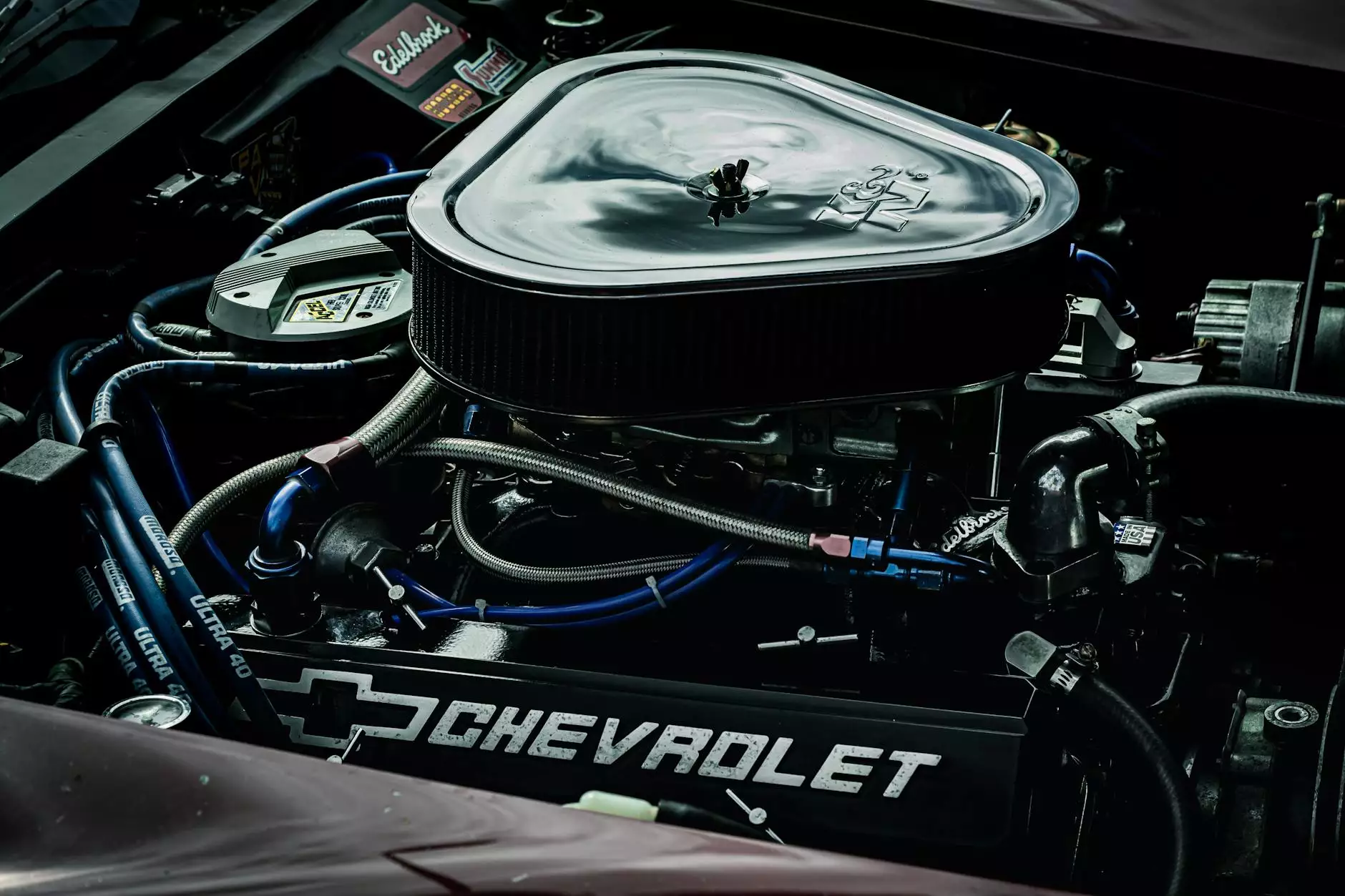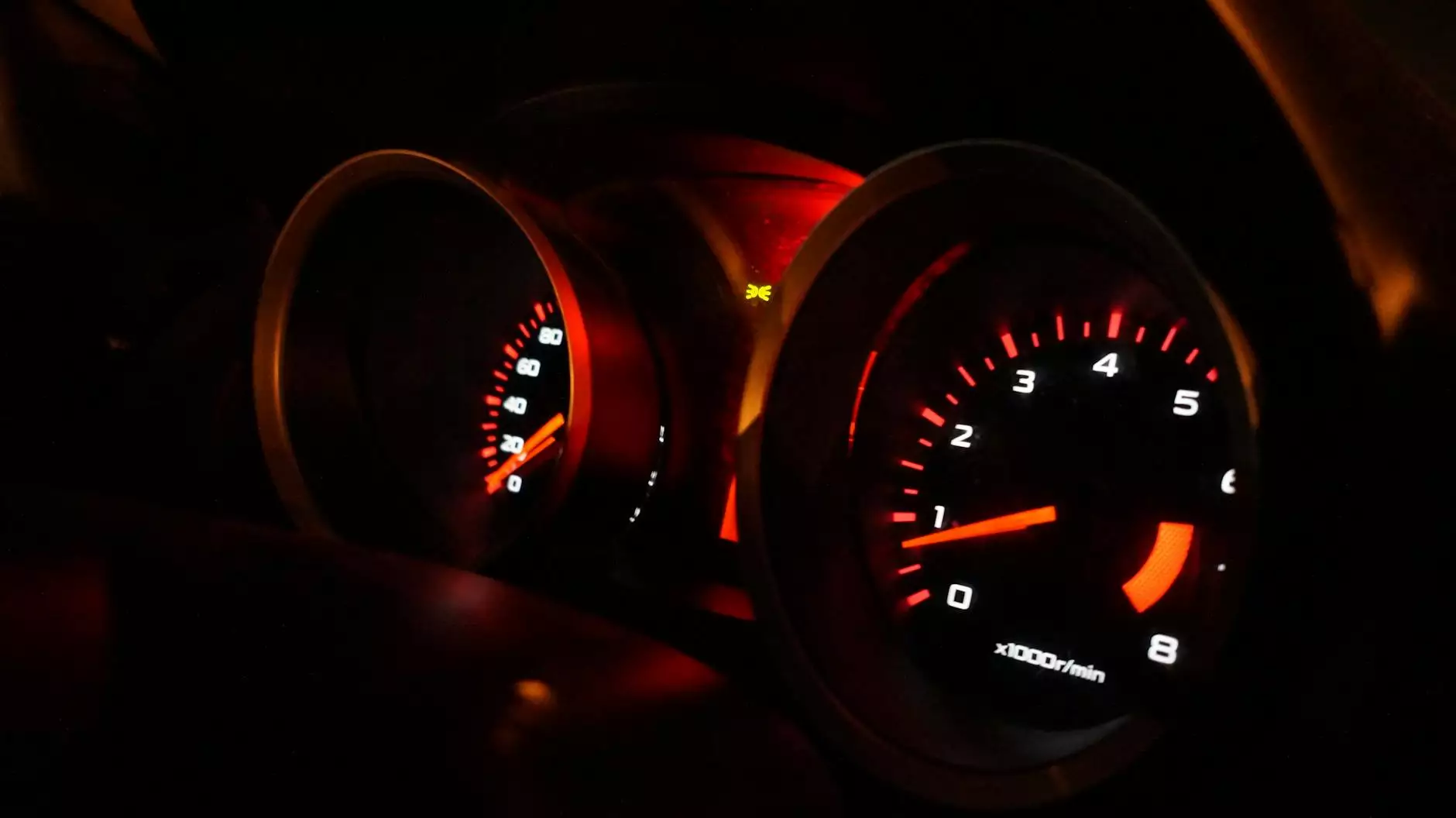Understanding Car Transmission Parts: A Comprehensive Guide

When it comes to the automotive industry, few components are as crucial as the transmission system. Understanding car transmission parts is essential for any car owner or enthusiast. This guide will delve into the various parts of a car’s transmission, their functions, and the importance of regular maintenance to ensure a smooth driving experience.
The Role of the Transmission in Your Vehicle
The transmission is a vital component in any vehicle, serving as the intermediary between the engine and the wheels. Its primary function is to transfer power from the engine to the drive wheels, allowing the vehicle to move. The transmission system is responsible for:
- Changing Gears: It allows the engine to operate efficiently at various speeds.
- Power Distribution: It distributes power to the wheels effectively, ensuring smooth operation.
- Fuel Efficiency: Proper gear selection improves fuel efficiency and reduce emissions.
Key Components of Car Transmission Parts
Understanding the individual components that make up the transmission system is vital for any enthusiastic car owner or mechanic. Below are the primary car transmission parts involved in this crucial system:
1. Transmission Case
The transmission case houses the entire transmission assembly. It protects the internal components from dirt and debris while containing the necessary lubricants and fluids. Manufacturing it with durable materials is essential to withstand high pressures and temperatures.
2. Gears
The gears in a car's transmission facilitate the changing of speed and torque. Without gear ratios, the transmission would not be able to adjust power effectively. There are several types of gears in a transmission:
- Main Gears: The primary gears that connect the engine crankshaft to the axle.
- Planetary Gears: Commonly used in automatic transmissions, providing multiple gear ratios in a compact form.
- Countershaft Gears: Help in balancing the load and enhancing the smoothness of gear shifts.
3. Synchronizers
Synchronizers are crucial in the shifting process, ensuring that gears mesh smoothly and without grinding. They help equalize the speed of the gears before they engage, allowing for seamless transitions between gears.
4. Clutch and Torque Converter
The clutch is primarily associated with manual transmissions. It allows the driver to disengage the engine from the transmission, enabling smooth gear changes. On the other hand, the torque converter serves a similar purpose in automatic transmissions, allowing for a fluid connection between the engine and transmission without manual intervention.
5. Transmission Fluid
Transmission fluid is essential for lubrication, heat dissipation, and optimal operation of the transmission system. Regular checks and top-ups of the transmission fluid can prevent excessive wear and tear on the transmission parts.
6. Valve Body
The valve body is the heart of an automatic transmission. It directs the flow of transmission fluid and controls the various hydraulic functions within the system, essential for effective gear shifts.
Types of Car Transmission Systems
There are primarily two types of transmission systems in vehicles: manual and automatic. Each has its unique parts and functionalities. Understanding these differences can help car owners make informed decisions about maintenance and repairs.
Manual Transmission
In a manual transmission, the driver has full control over gear selection. This system includes parts such as:
- Clutch Pedal: Engages and disengages the clutch.
- Gear Shifter: Allows the driver to manually change gears.
- Flywheel: Stores rotational energy and smooths out power delivery.
Automatic Transmission
Automatic transmissions manage gear shifts without driver intervention. Key components include:
- Torque Converter: Replaces the clutch in automatic systems.
- Hydraulic System: Utilizes fluid to shift gears seamlessly.
- Electronic Control Unit (ECU): Manages the operation of the transmission based on various inputs from the vehicle.
The Importance of Regular Maintenance
Maintaining your vehicle’s transmission system is not only beneficial but essential for optimal performance and longevity. Regular maintenance involves:
- Fluid Changes: Changing the transmission fluid at regular intervals prevents buildup of grime and ensures smooth operation.
- Filter Replacements: The transmission filter should be replaced periodically to avoid clogs and to keep the fluid clean.
- Inspections: Regular inspections can catch issues before they escalate into costly repairs.
Common Transmission Problems and Solutions
Understanding common transmission issues can help car owners address problems promptly, avoiding extensive repairs down the road. Some frequent issues include:
1. Slipping Gears
When gears slip, it may indicate low fluid levels or worn-out transmission parts. Regularly checking fluid levels and replacing worn components can resolve this issue.
2. Delayed Engagement
If there’s a delay when shifting from park to drive, it might denote low fluid levels or a failing transmission pump. Checking fluid levels and ensuring the pump is functioning correctly can help mitigate this problem.
3. Unusual Noises
Unusual noises such as whining, clunking, or grinding indicate that parts may be wearing out. Do not ignore these signs; have a mechanic assess the transmission system to determine the cause.
Conclusion
In conclusion, understanding car transmission parts and their functions is crucial for any vehicle owner. Regular maintenance, recognizing common issues, and knowing the different types of transmission systems can enhance your driving experience and prolong the life of your vehicle.
For high-quality car transmission parts, ensure you visit shenghaiautoparts.com. Regularly maintaining your vehicle not only ensures optimal performance but can also lead to significant savings in the long run by preventing major issues. Empower yourself with knowledge about your vehicle’s transmission system and keep your car running smoothly.









